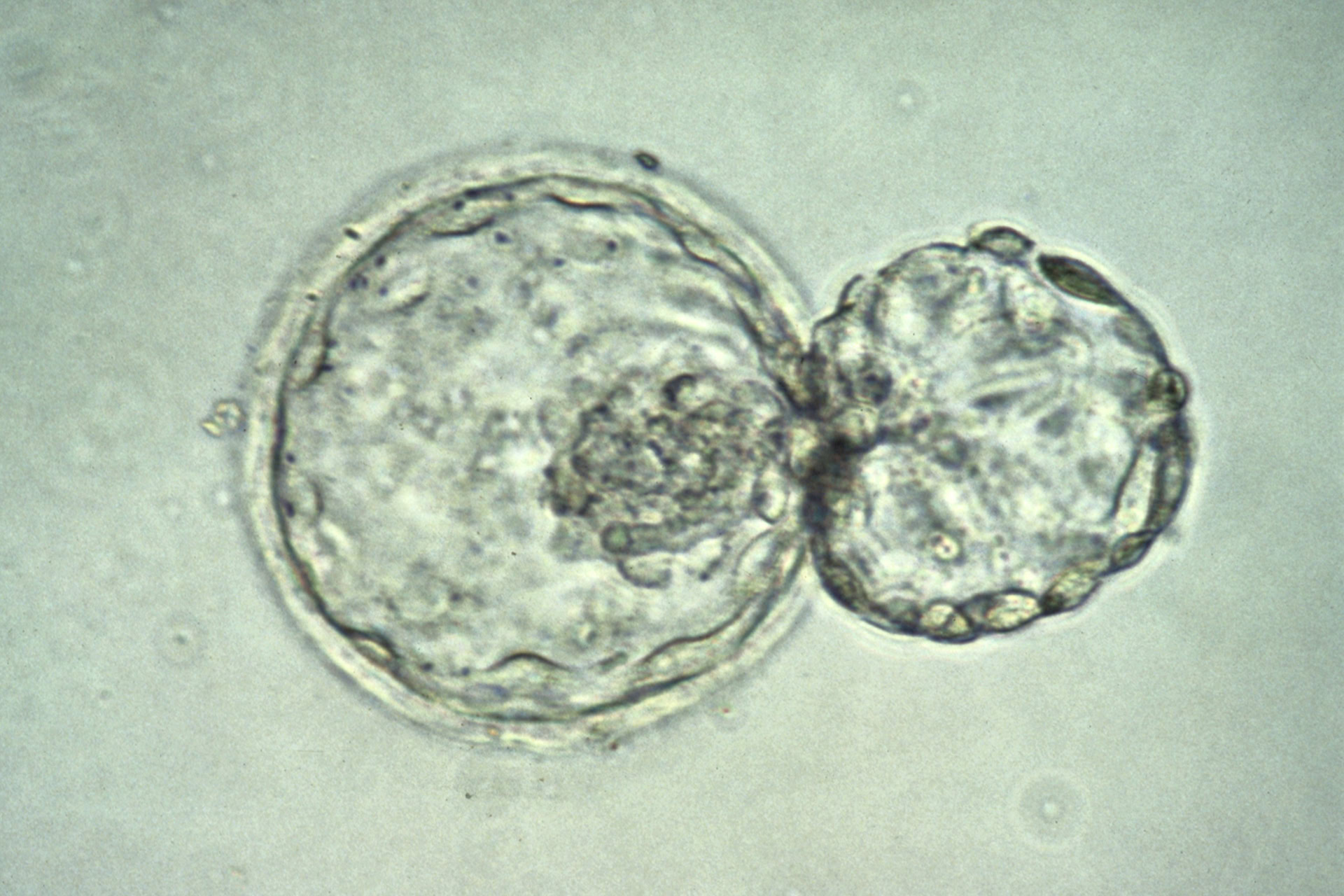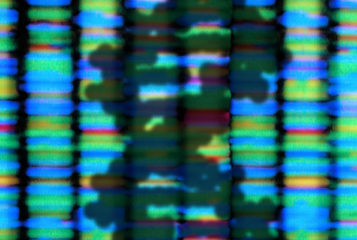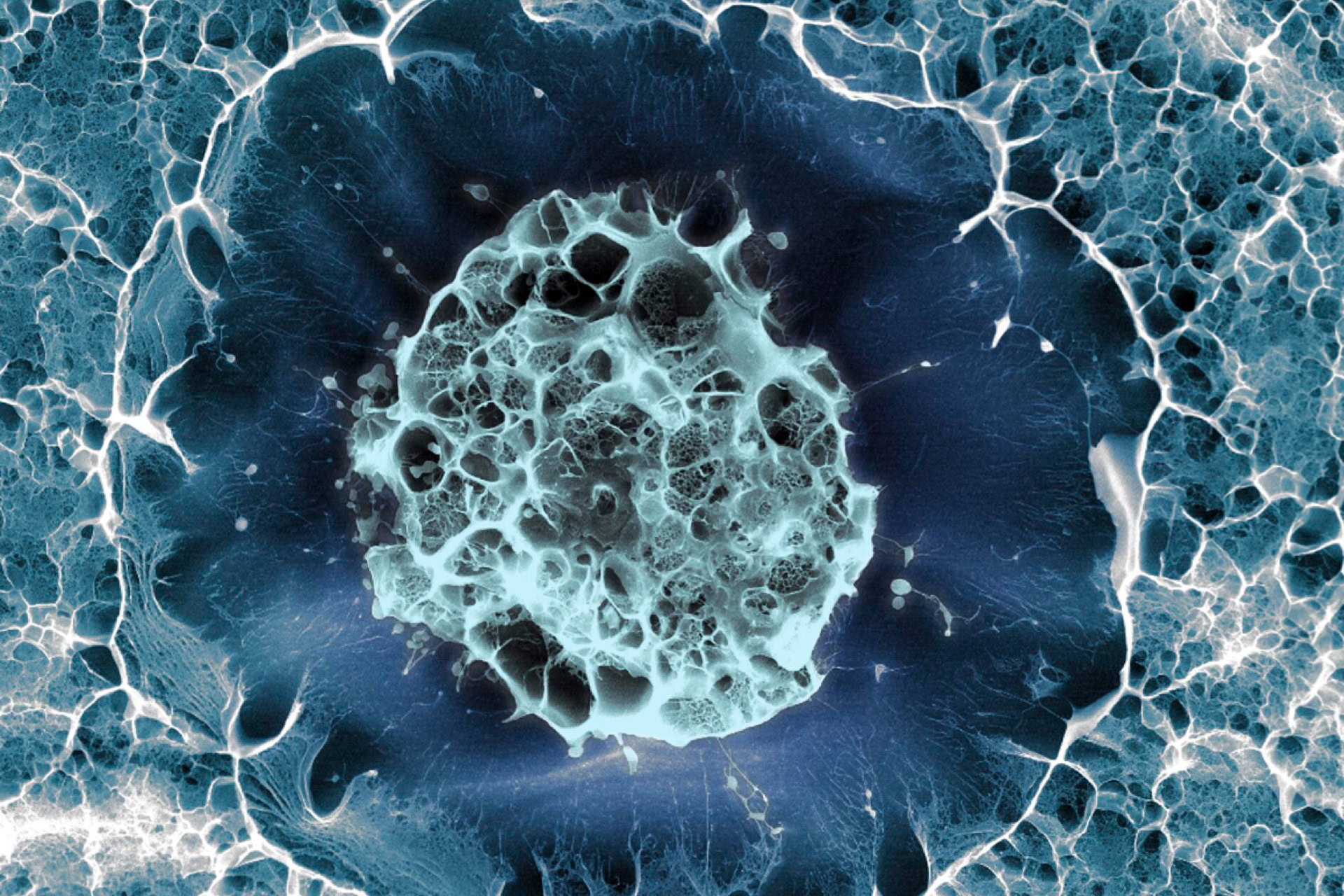| Hope beyond Hype: A Story of Stem Cells from Discovery to Therapy
By Jamie Hall, Ken MacLeod, Edward Ross and Cathy Southworth Published by OptiStem |
 |
Stem cell research isn't a topic you'd expect to see in a comic book, particularly when the aim is to give a realistic insight into the subject, avoiding hype and sensationalism. But that's exactly what 'Hope Beyond Hype', a graphic novel telling the story of stem cell research from discovery to therapy, intends to do.
OptiStem, a large European consortium of stem cell researchers, wanted to go beyond just explaining their work to the public, so hit upon the idea of a comic. Scientists often struggle to convey their work in an understandable, realistic but inspiring manner, so this format seems like a fresh and novel way to approach this problem.
The comic begins with the attention grabbing tale of two young boys who were badly burned in a fire. They survive thanks to pioneering treatment where a small piece of skin was taken from each boy and grown in the laboratory to produce healthy new skin for grafting. This true story seems even more remarkable when you discover that it happened in 1983 — at that time it wouldn't be surprising if it had simply been the scientist's dream treatment, to be made available ten years down the line.
The authors then go on to explain the basic biology of the stem cells that are the basis of this successful treatment. They highlight the difference between embryonic stem cells and adult tissue stem cells, a welcome distinction that is often lost in the strong emotive arguments regarding the use of embryos in
research.
After further examples of success stories, the process of taking a basic discovery from the lab to the clinic is described. While shown in the context of stem cell research, almost all of what is presented would apply to many biomedical fields. Much emphasis is placed on the time and money required, and it feels as if a concerted effort is being made to bring down expectations from the sensationalist headlines often reported in the media.
A somewhat tongue in cheek illustration depicting a woman as both a young student and an elderly researcher sat in front of the same microscope emphasises the amount of time put into many great discoveries. As a research scientist myself, I could particularly relate to the dead ends and unexpected questions another scientist contemplates, with his head in his hands.
In a nod to some of the controversy surrounding embryonic stem cells, an illustration of an embryo is shown above the caption: 'And as with any compromise, not everyone is happy with the decisions that are made'. This is just one way the comic discusses stem cell research in the context of wider society.
I was particularly pleased to see the issue of animal research was not glossed over. The
necessity of this research often goes unreported, through fear of turning people against the work as a whole. Here it is presented in an accurate and positive light, showing why the field needs it, and the tight animal welfare regulations.
Issues from the scientist's perspective are also touched upon, highlighting the growing need for scientists to demonstrate that they are thinking about the social and economic impact of their work well in advance of it becoming a reality.
At ten pages long, 'Hope Beyond Hype' is a good introduction to the subject of stem cell research, but people more familiar with the field won't find anything new here.
The attractive illustrations work well, and add life to the topic, particularly in the drier parts about the scientific process. The use of real success stories showcases the potential of the research, and reminds us of the goals behind some of the less 'exciting' work.
I did wonder if some of the issues - such as embryonic stem cells - could be explored further, or if it would have been better to spend more time on the basic principles and scientific potential of stem cells, rather than the research process itself.
However, as a general introduction to a wide range of issues, 'Hope Beyond Hype' does a good job. It is accurate, realistic and doesn't sensationalise. I imagine the format will help with public engagement, in particular education, and it provides the reader with most of the main issues to consider in the debate.
The comic is available as a free pdf or can be purchased in hard copy on the website. The authors hope to add interactive videos and other content soon, which one hopes will expand on many of the issues they have touched upon in this first edition.





Leave a Reply
You must be logged in to post a comment.